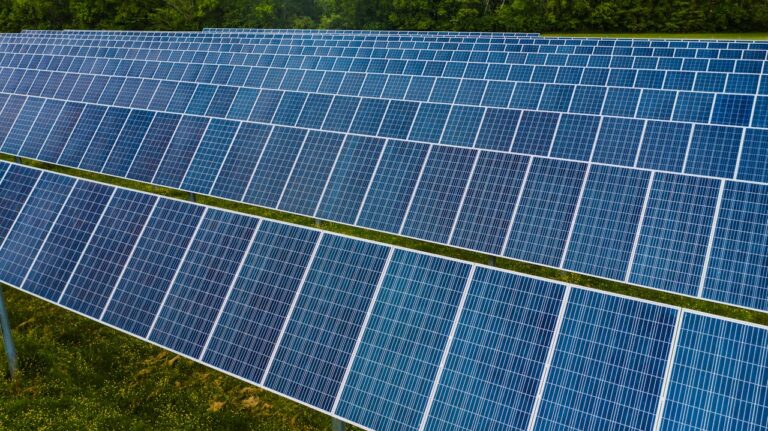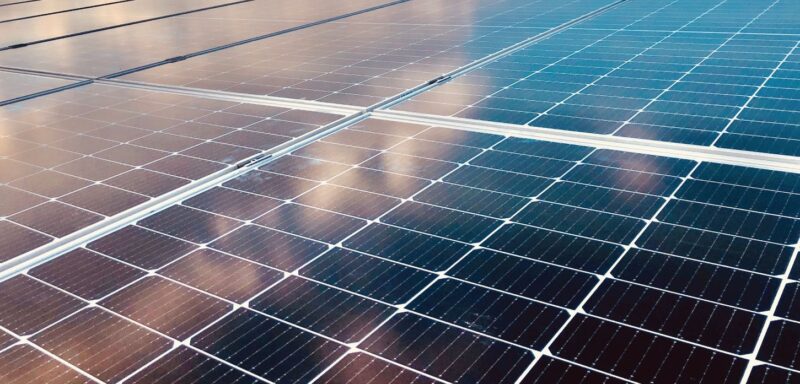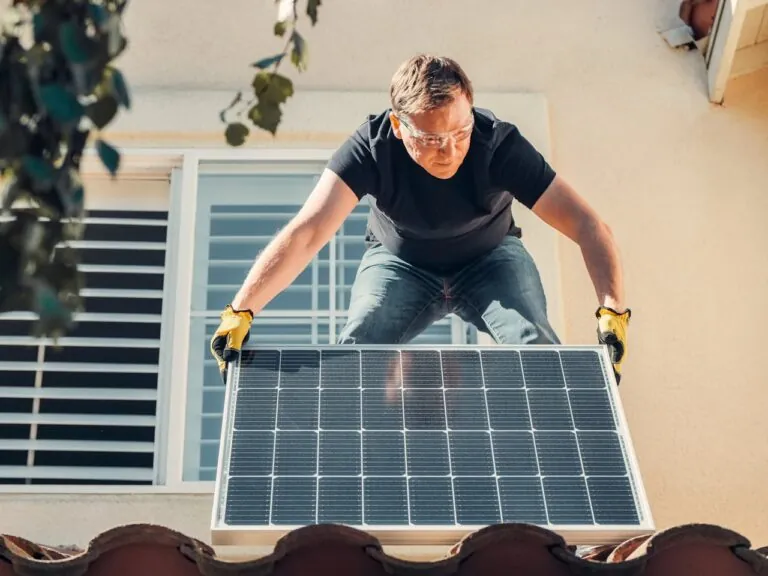Half-cell solar panels are gaining popularity due to their improved efficiency and durability compared to traditional full-cell panels. This innovation has made them a preferred choice for solar installations, especially in areas where shading or high temperatures are challenges.
With advancements that allow for better energy output and longer lifespan, they offer long-term cost benefits that outweigh their initial higher cost. Understanding how they work and their advantages can help in making informed decisions for residential or commercial solar projects.
Also, read more about N-Type and P-Type Solar Cells.
An Overview
Feature
Half-Cell
Full-Cell
Efficiency
2-3% higher due to reduced resistive losses
Standard efficiency (lower than half-cell)
Shading Tolerance
Higher tolerance due to cell separation
More sensitive to shading
Heat Generation
Generates less heat, maintaining performance
More heat generation reduces efficiency
Durability
Higher resistance to cracking and damage
Less durable under harsh conditions
Cost
Higher upfront cost, but lower cost per watt over time
Lower initial cost but less cost-effective in the long run
Applications
Ideal for shaded or high-temperature environments
Best for open, unshaded installations
Cost-Effectiveness Over Time
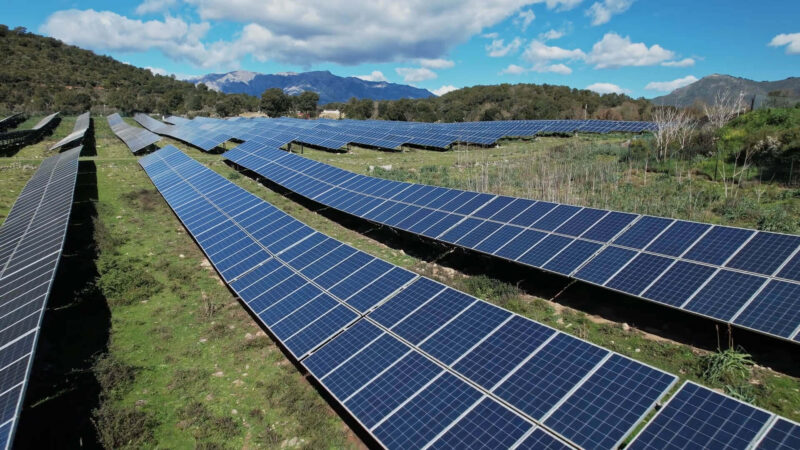
Half-cell solar panels are more cost-effective in the long term due to their higher energy efficiency, better shading performance, and longer lifespan.
Initial Costs and Energy Yield
The initial cost of half-cell panels is about 0.6-1.2% higher than full-cell panels. However, their overall efficiency is 2-4% higher. This increased efficiency stems from reduced electrical resistance and better performance under partial shading.
They can produce up to 50% less power loss in shaded conditions compared to full-cell models. Over time, the higher energy output compensates for the higher initial cost, leading to more energy savings. [1]
Temperature and Shading Advantages
Half-cell panels are better suited for warm climates because they have a lower temperature coefficient, which means they lose less efficiency as temperatures rise.
For instance, at 40°C, they experience less power drop than full-cell models, maintaining better energy production.
Additionally, they outperform traditional models in shaded areas, making them ideal for installations in environments with trees, buildings, or other potential obstructions.
Long-Term Financial Impact
View this post on Instagram
While traditional panels may have lower upfront costs, half-cell ones deliver better performance over time. Their durability and resistance to hot spots reduce the need for maintenance and ensure a longer operational lifespan.
With enhanced shading tolerance and consistent performance, the long-term cost per watt generated is lower, making them more economical in the long run.
Real-World Performance
Half-cell panels have demonstrated improved real-world performance. A typical 400W model can generate 8-15W more than a comparable full-cell of the same size.
The extra energy adds up significantly over the 25-year lifespan of the panel, leading to a higher return on investment.
Long-Term Benefits
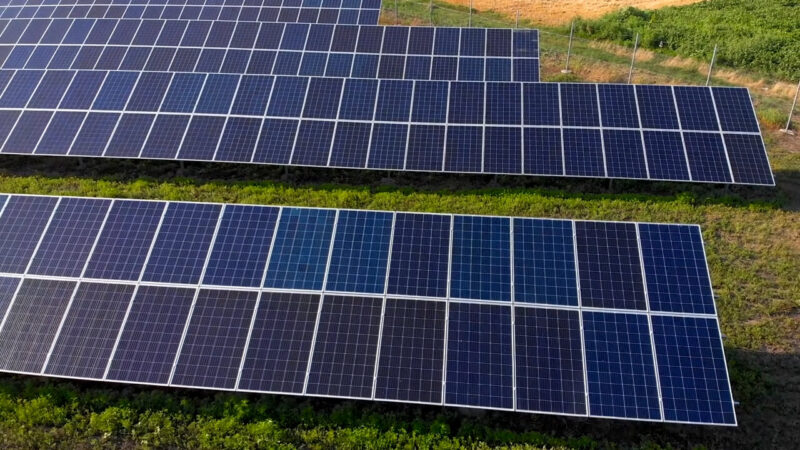
The enhanced efficiency, durability, and superior shading tolerance lead to consistent performance over time, ensuring a higher return on investment.
Enhanced Efficiency and Power Output
Half-cell panels are designed to produce more energy by reducing resistive losses. These panels offer 2-4% more power output compared to full-cell panels. Their ability to maintain performance even in partially shaded environments allows them to deliver a more stable energy yield throughout their lifespan.
This improved energy generation leads to substantial long-term savings on electricity bills.
Increased Durability and Reduced Maintenance
Half-cell panels are more resistant to micro-cracks and hot spots, which are common issues in traditional models. The smaller cell size reduces mechanical stress, resulting in a longer operational lifespan.
Their design ensures reliable performance in a variety of environmental conditions, including extreme heat and partial shading.
Long-Term Financial Savings
The upfront cost may be slightly higher, but the long-term financial savings far outweigh this initial investment. Due to their higher efficiency and reduced degradation, half-cell panels generate more energy over time, lowering the cost per watt of electricity produced.
This makes them a more cost-effective solution in the long run, particularly in regions with challenging environmental conditions.
Better Return on Investment (ROI)
Because of their improved energy output, lower maintenance requirements, and longer lifespan, half-cell panels offer a better return on investment. Over a typical 25-year lifespan, the enhanced durability and performance result in higher cumulative energy production.
This makes them an ideal choice for maximizing long-term savings, especially for those looking to achieve energy independence or reduce reliance on grid electricity. [2]
How Half-Cell Panels Improve Efficiency
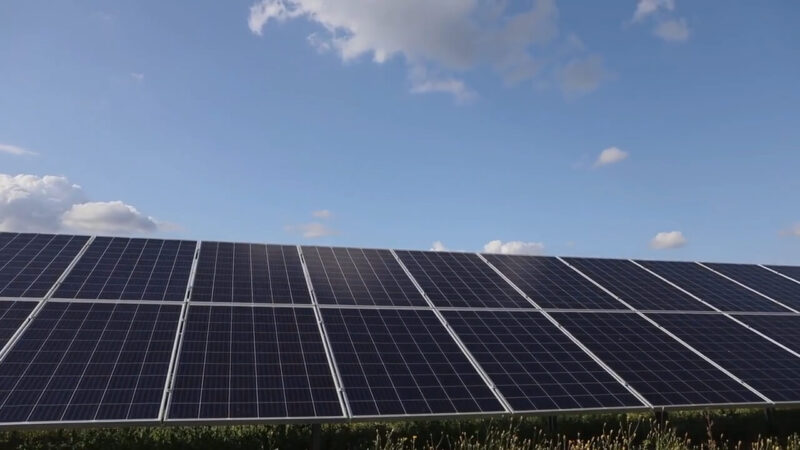
Half-cell solar technology brings substantial improvements in energy efficiency by addressing common issues such as power losses, shading, and heat management.
Reduced Power Losses
By cutting solar cells in half, half-cell systems effectively lower the current passing through each cell. This reduction in current flow minimizes electrical resistance, leading to fewer energy losses during operation.
These systems are 75% more efficient in handling electrical losses compared to standard systems, which translates to an increase in overall power output. [3]
Improved Shading Performance
Half-cell panels are engineered to perform better in shaded environments. Traditional panels wired in series suffer significant performance reductions when part of the system is shaded.
In contrast, half-cell technology minimizes the effect of shading, limiting the power loss to smaller portions of the module. This setup ensures that even under partial shading, the energy output remains more stable.
Better Heat Management
Half-cell systems also excel in controlling heat generation. Since each individual cell handles less current, the overall temperature remains lower, which reduces the risk of hot spots forming.
This design improves the longevity and reliability of the system, as hot spots are a major cause of wear and tear in solar panels.
Comparing Half-Cell and Full-Cell Solar Panels
When evaluating the performance of half-cell versus full-cell systems, key differences in efficiency, shading tolerance, heat management, and cost-effectiveness must be considered. These distinctions have a significant impact on long-term energy production and overall savings.
As already mentioned, half-cell systems generally offer a 2-4% increase in energy output compared to full-cell models.
This is due to the division of electrical current, which reduces resistive losses by up to 75%. While traditional full-cell panels experience greater energy losses during transmission, half-cell technology utilizes smaller cells to maintain higher efficiency levels over time.
This difference is particularly valuable in large installations, where improved efficiency can result in substantial energy gains.
Shading significantly impacts the output of solar panels. Research indicates that shading as little as 10% of a solar panel’s surface can lead to a loss of up to 50% in energy production.
This is due to the way they are wired in series, where the performance of the weakest (shaded) cell limits the output of the entire string.
Half-cell systems, on the other hand, are designed to minimize this effect. Thanks to their segmented cells and advanced wiring, shading only reduces output by approximately 15%.
This makes half-cell systems especially suitable for installations in areas prone to partial shading, such as urban environments with trees, chimneys, or nearby structures.
FAQs
Conclusion
Half-cell solar panels are a solid choice if you’re looking for long-term efficiency, better performance in shading, and lower heat generation. Even though they cost a bit more upfront, they save money over time because they generate more energy and last longer.
If you’re dealing with partial shading or want to get the most power out of a small area, these panels are worth it.
References
- Mittag, Max & Pfreundt, Andrea & Shahid, Jibran. (2020). Impact of Solar Cell Dimensions on Module Power, Efficiency and Cell-To-Module Losses.
- Sodhi, Manbir & Banaszek, Lennart & Magee, Chris & Rivero-Hudec, Mercedes. (2022). Economic Lifetimes of Solar Panels. Procedia CIRP. 105. 782-787. 10.1016/j.procir.2022.02.130.
- Wojciech Kreft, Mariusz Filipowicz, Maciej Żołądek, Reduction of electrical power loss in a photovoltaic chain in conditions of partial shading, Optik, Volume 202, 2020, 163559, ISSN 0030-4026.


